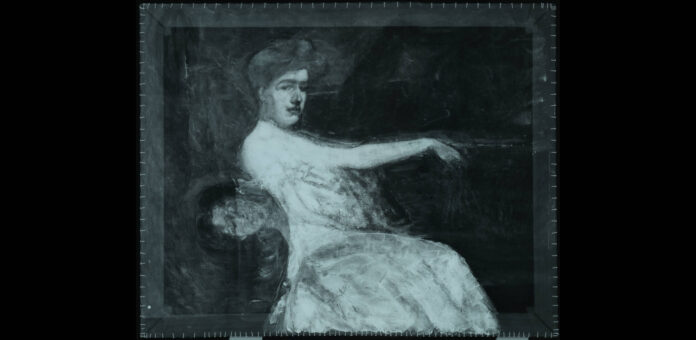The collections of the Staatliche Museen zu Berlin are home to countless objects with surprising (and often hidden) histories and provenances. These histories and the methods that museum staff use to research and retell them form the focus of this exhibition. The young curators and researchers involved in its organisation will present objects that have personal significance to them and tell their often fascinating or tragic stories.
Many Objects – Four Approaches
Whether a 30-kilogram Reformation tapestry, a counterfeit van Gogh, or dismounted sections of the Palast der Republik’s façade – by incorporating and making use of new perspectives, technologies, provenance research, and cultural shifts, objects which on first glance appear to have nothing in common can open up doors to emotional, surprising and exciting stories. This exhibition offers four approaches for getting closer to the exhibits on display: by looking at visible traces on the object itself, examining the material make-up and carrying out restoration work, outlining historical and cultural shifts in value, and carrying out provenance research.
At First Glance: Questioning the Visible
The starting point for any engagement with an object is what is visible: What information can be gleaned from its appearance? For instance, an unopened crate of papyri belonging to the Ägyptisches Museum taken from Elephantine in 1907 can provide a great deal of information about the site where it was found and about the archaeological practices used in a period in which the papyri contained in the crate were still unable to be decoded. It is only now, over 100 years after the crate was first packed, that the contents are being analysed. The crate itself has now become a historical artefact in its own right, one which sheds light on the long journey that the papyri have taken to get to their current resting place.
Academic Detective Work by Means of Material Examination
Material examinations and restoration practices help us better understand an object’s condition and structure and the techniques that were used to produce it. The restoration of the painting Woman with Child (1910) by Berlin Secession artist Fritz Rhein from the collection of the Alte Nationalgalerie, for example, not only led to the discovery of an entirely unknown work behind the canvas – Woman on a Sofa (ca. 1905) – x-ray imaging of this new picture also revealed that it had been painted over a mysterious third composition.
A Change in Perspective over the Course of Time
Throughout the course of their lives, artworks, artefacts and objects often undergo complex changes in value. Their roles and cultural significance can shift entirely. Take a Grafton saxophone from the collection of the Musikinstrumenten-Museum, for example: in the 1950s, it was derided as cheap and tasteless because of its acrylic construction. It was only later that it became a coveted collector’s item that was also used on stage by jazz greats such as Charlie Parker and Ornette Coleman.
Seemingly Invisible: Origin and History
In the majority of cases, investigating the origin of an object from a museum’s collection involves comprehensive provenance research. When it comes to ethnological objects in particular, stories and testimonies drawn from contact with the communities of origin are essential. For this reason, curators invited the academic Nicolás Valenzuela Quintupil to retell the story of a cloak pin from the Ethnologisches Museum collection that made its way to Berlin as a result of the displacement of the Mapuche people in Chile in the 19th century, reframing the narrative from the perspective of the descendants of these communities and their relationship to the object.
Exhibition Catalogue
A digital catalogue for the exhibition will be published on arthistoricum.net.
Curatorial Team
This exhibition was curated by trainees at the Staatliche Museen zu Berlin, the Stiftung Preussischer Kulturbesitz and the Musikinstrumenten-Museum.
A special exhibition by the Staatliche Museen zu Berlin at the Kupferstichkabinett
Source : Museen zu Berlin






